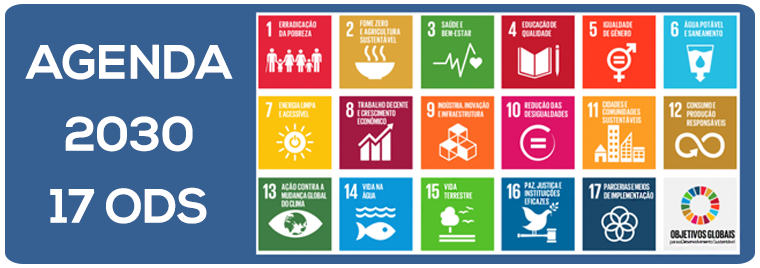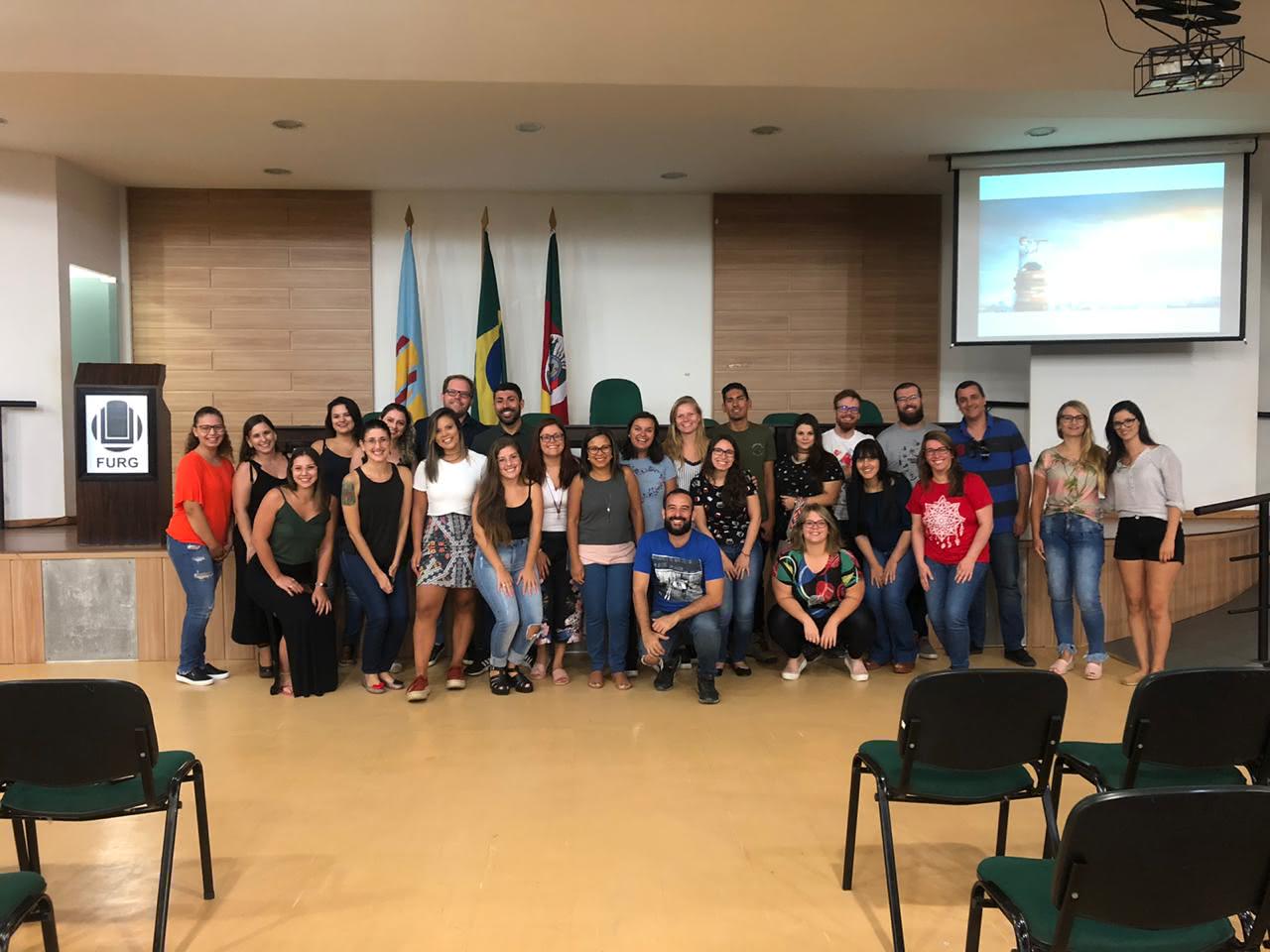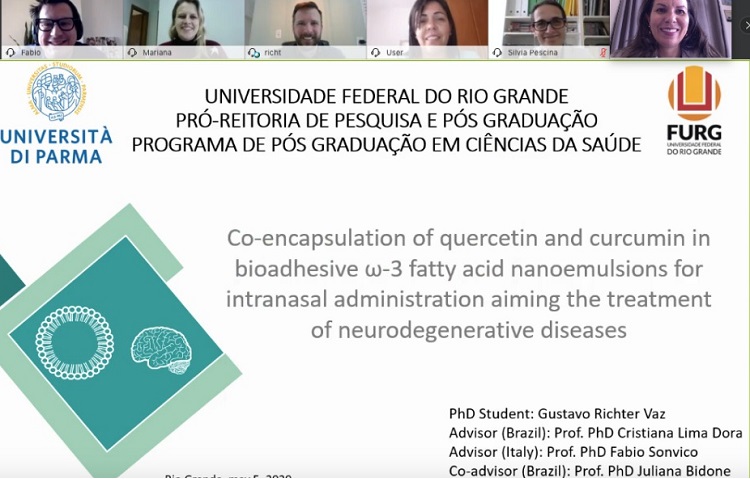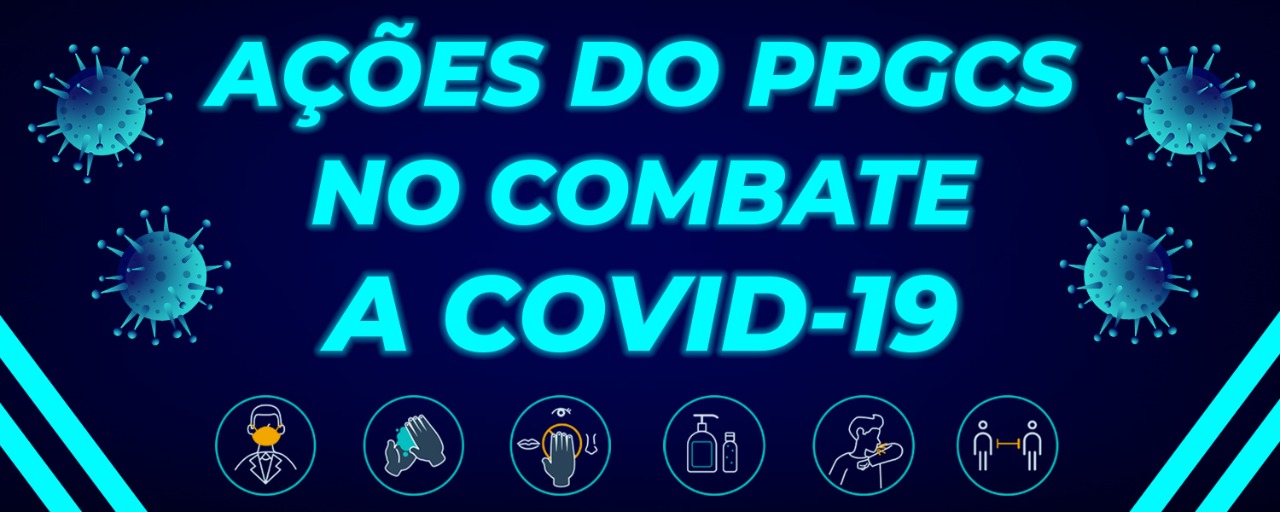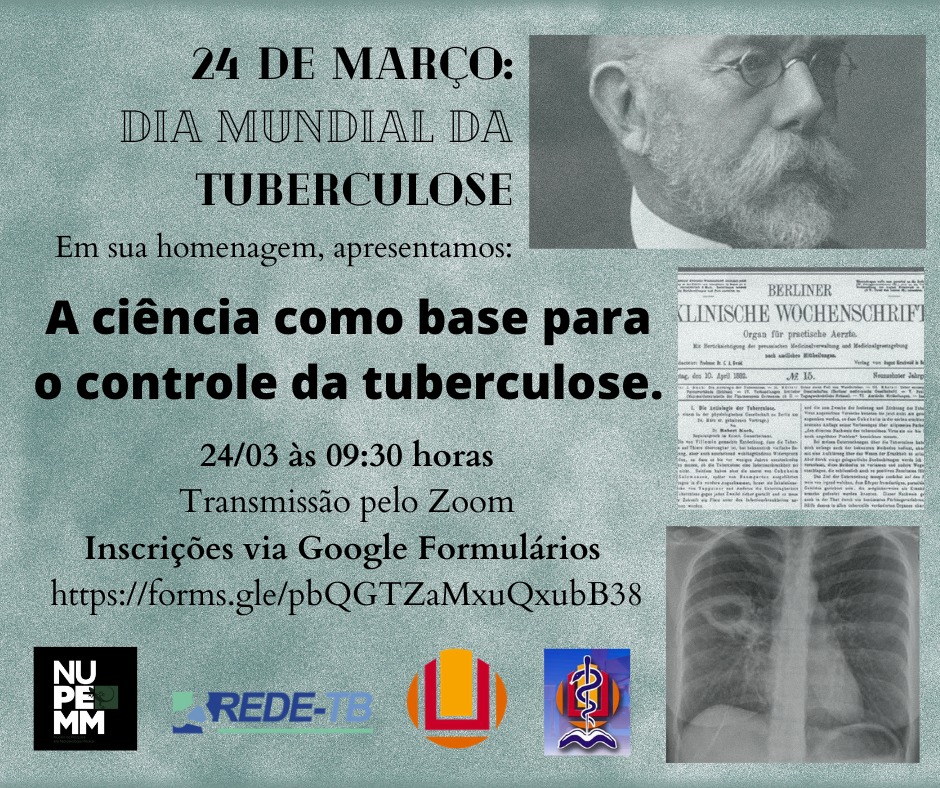AVALIAÇÃO DO EFLUXO EM Mycobacterium abscessus
Autor: Fábia Peixoto da Silva (Currículo Lattes)
Resumo
O mecanismo de efluxo, extrusão de compostos do interior da célula realizado por proteínas transportadoras (bombas de efluxo), está presente em todas as células vivas, estando relacionado fisiologicamente ao processo de desintoxicação, expelindo vários compostos xenobióticos e prejudiciais ao funcionamento da célula. O efluxo pode estar associado à resistência intrínseca e determinar a resistência simultânea a um grande número de antimicrobianos, fato que gera um fenótipo de múltipla resistência. As micobactérias, como o Mycobacterium abscessus, são importantes patógenos humanos que possuem resistência intrínseca para a maioria dos antimicrobianos prescritos no tratamento de infecções bacterianas. Neste estudo, foi avaliado o mecanismo de efluxo em uma cepa de M. abscessus. Foi determinada a concentração mínima inibitória para amicacina, ciprofloxacina e claritromicina e comparado o efeito modulatório dos inibidores de efluxo clorpromazina, carbonila m-clorofenil-hidrazona (CCCP), verapamil e reserpina (utilizados em concentração sub-inibitória) na redução da concentração mínima inibitória dos antimicrobianos frente ao M. abscessus (ATCC 19977). Foi realizado ensaio fluorimétrico de acumulação e efluxo do brometo de etídeo e uma análise comparativa entre os genomas do M. abscessus e M. tuberculosis, buscando identificar homologia de genes codificando prováveis bombas de efluxo. Entre os inibidores e antimicrobianos avaliados identificou-se que o verapamil e o CCCP apresentaram melhores resultados no efeito modulatório e na cinética do brometo de etídeo através do ensaio fluorimétrico, sendo que o verapamil apresentou o melhor resultado. Além disso, as análises in sílico de 15 bombas de efluxo presentes em M. tuberculosis, mostraram 31 - 91% de identidade com proteínas presentes em M. abscessus, que pertenciam à família Major Facilitator Superfamily (MFS) e ATP- binding cassette (ABC). Diante dos resultados infere-se que a cepa testada de M. abscessus parece possuir um efluxo ativo, que pode vir a culminar para uma posterior aquisição de resistência aos antimicrobianos. Portanto, os inibidores de efluxo, principalmente o verapamil, podem estar atuando na diminuição do efluxo em M. abscessus.
TEXTO COMPLETO DA DISSERTAÇÃO


